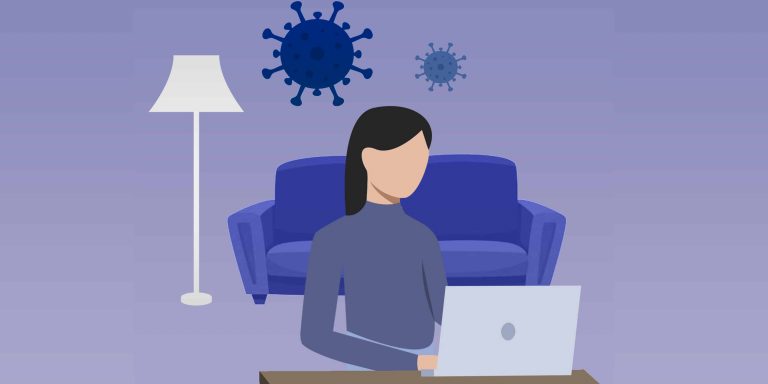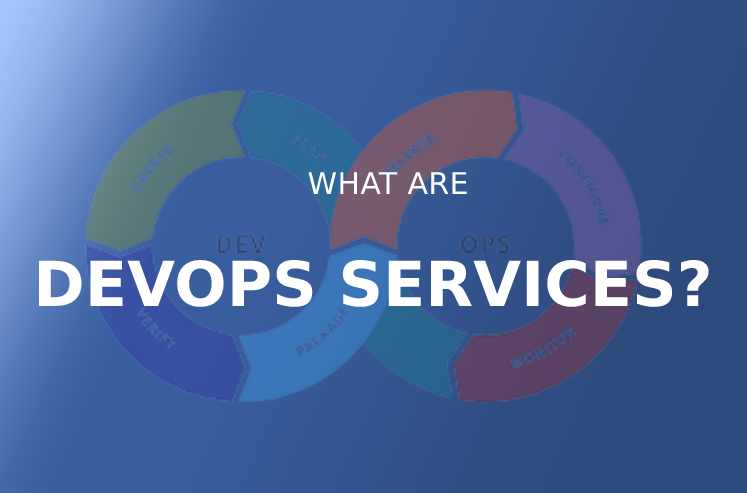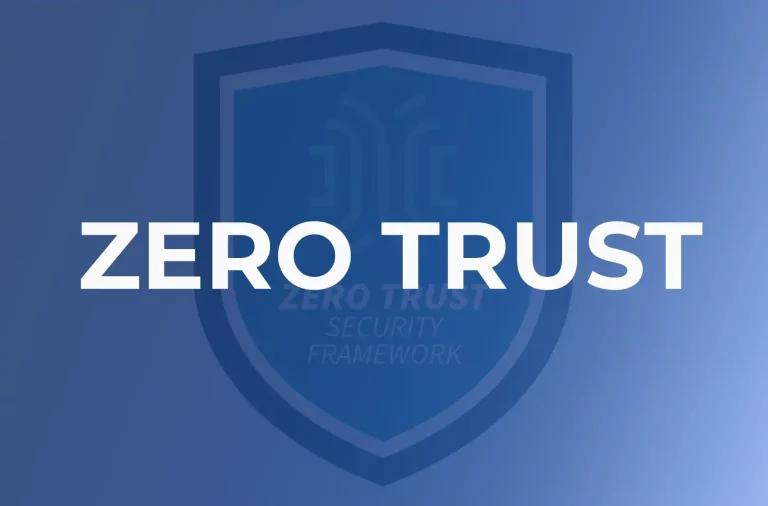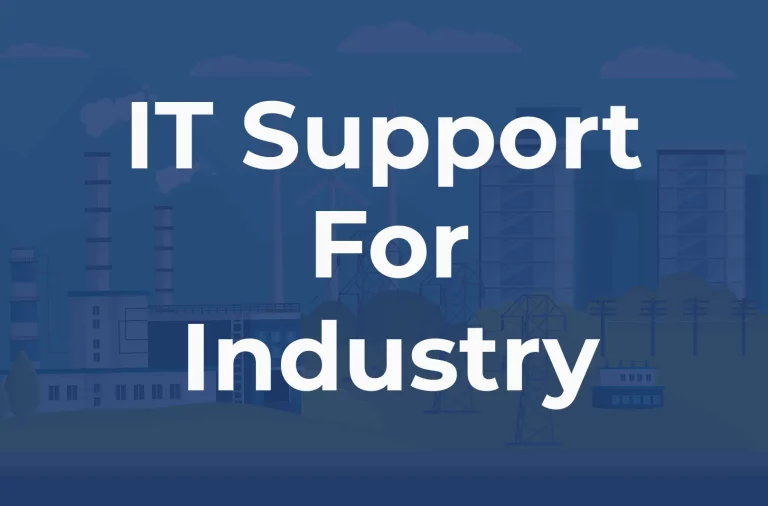Nobody enjoys using a slow computer. You want your computer to be fast and responsive in your work. If your computer starts to slow down then it doesn’t feel very pleasant. By performing a few simple tasks you can speed up your computer.
1. Change your power settings
Your computer will run slower if you use Windows 10’s “Power Saver” mode. In order to conserve energy, that approach lowers your PC’s performance. In general, desktop PCs also include a “Power saver” setting. You’ll get an immediate performance improvement by switching your power plan from “Power saver” to “High performance” or “Balanced.
Desktop users have no reason to choose “Power saver,” and even laptop users should consider the “Balanced” option when unplugged — and “High performance” when connected to a power source.
2. Disable Unnecessary Startup Programs
One reason your Windows 10 PC may feel sluggish is that you’ve got too many programs running in the background — programs that you rarely or never use. You can disable these programs so they don’t run when your PC starts. Stop them from running, and your PC will run more smoothly.
Many programs are designed to start automatically when Windows does. You don’t realize they’re running, but they’ll open quickly when you go to use them. This is helpful for programs you use a lot, but not for programs you don’t use often because it increases the time it takes Windows to start.
3. Use Ready Boost to speed up disk caching
Windows 10 frequently caches data on your hard drive and then retrieves it when necessary. The speed of your hard drive determines how long it takes to retrieve stored data. Use the Windows ReadyBoost function to increase cache speed if you have a conventional hard disk rather than an SSD. Since a USB flash drive is quicker than a hard drive, it instructs Windows to cache data there. Data retrieval from the quicker cache ought to make Windows run faster.
4. Manage Windows Update for Performance
One of the best ways to get the most out of your PC is to make sure you have the latest version of Windows 11 installed. When you check for updates, your PC will also search for the latest device drivers, which can also help improve your PC’s performance.
Windows Update hogs resources when it runs in the background. You can configure it to run only at specific times. For example, when the device isn’t in operation. That means no more restarts while you’re in the middle of an important task.
5. Turn On Game Mode
Windows 10’s creator’s update added a feature called Game Mode. You can improve the performance of any app using Windows Game Mode. Unfortunately, there is no way to perpetually run in game mode. But you can activate it by pressing Windows Key + G. If it doesn’t work, you must first enable Game Mode.
While it’s only supposed to be used for games, you can activate it whenever you need to get a little burst of speed. It’s particularly useful if you have a lot of background apps that are dragging down a resource-intensive program.
6. Speed Up Your Processor
Windows has three default settings for how your processor scales up performance to match workloads. The three defaults are Balanced, High performance, and Power saver. Sometimes manufacturers also include custom plans here, which we advise using if they’re available.
For laptop users, you are better off using the Balanced or Power saver plans, but High performance can make Windows faster by trading battery endurance for performance. Because it consumes the most amount of power it’s also more appropriate for desktops.
You can alter your settings by navigating to Power Options in the Control Panel.
7. Pause OneDrive Syncing
Your PC settings let you choose where files will be saved by default. You can save files on your PC or to OneDrive by default and sync files between the two locations. This lets you get to your files from any device that can connect to the internet, and it helps make sure your files are backed up in case your PC is ever damaged or lost. However, files must sync between your PC and OneDrive, and syncing can slow down your PC. You can pause OneDrive syncing temporarily and see if it helps improve your PC performance.
8. Check for and Remove Viruses and Malware
A virus, malware, or malicious software could cause your PC to run slowly. Other symptoms include unexpected pop-up messages, programs that unexpectedly start automatically, or the sound of your hard disk constantly working.
The best way to handle viruses and malicious software is to try to prevent them by running antimalware and antivirus software and keeping it up to date. However, even if you take precautions, your PC can still become infected.
You can scan your PC for viruses or other malicious software by using Windows Security (formerly Windows Defender Security Center), which is included in Windows 11.
9. Check for Low Disk Space and Free Up Space
Your PC’s hard disk slows down as it fills up and uninstalling software helps to free up space giving more room for Windows to work faster.
If your storage is running out of space then your computer performance will be slower than before. You may improve performance if you free some disk space on your PC.
10. Install SSD and RAM
Installing external RAM and SSD can make your computer really fast. An external SSD with a USB 3.0 connection can also give you a speed boost in applications that use a lot of storage. RAM is one of the most important memory after the cache and registers. So, it is important to have at least 4GB of RAM. A RAM and SSD can make your computer faster and better.
For any kind of computer software and hardware problem, you can get a free consultation from ITAdOn. So, hurry up and get a free consultation from our team.





